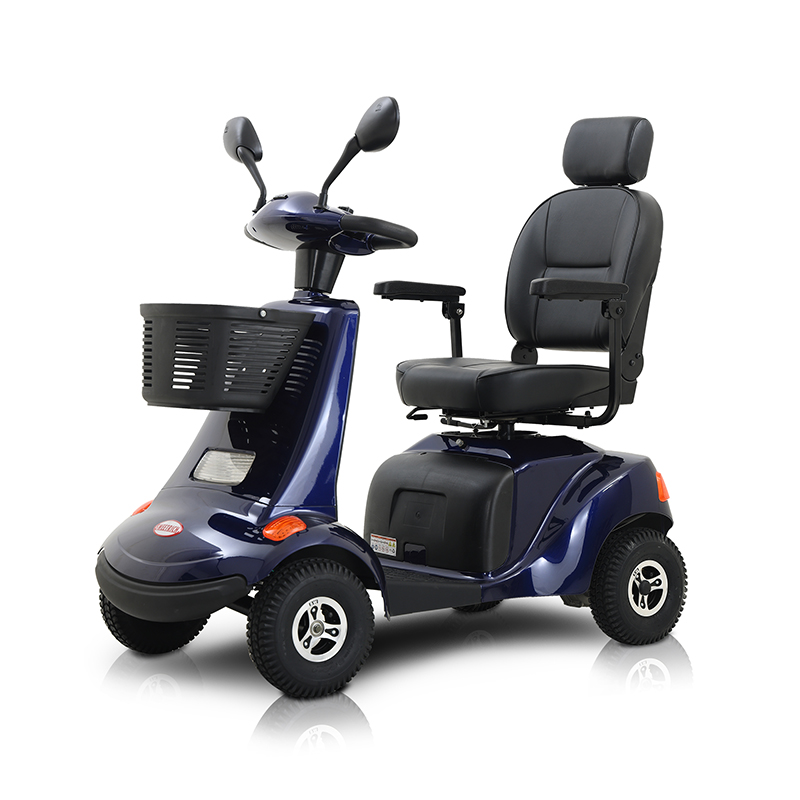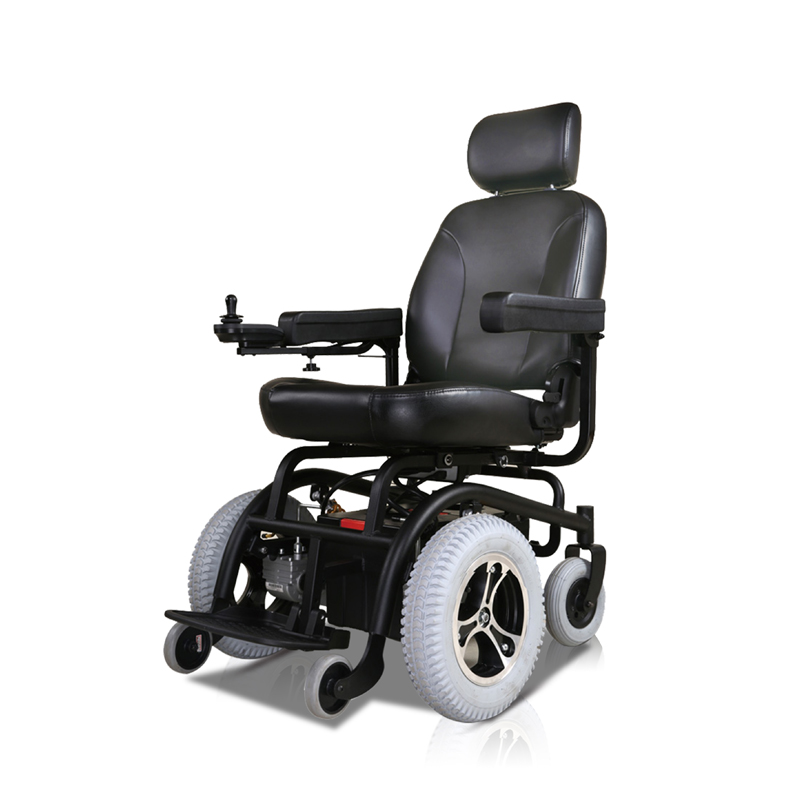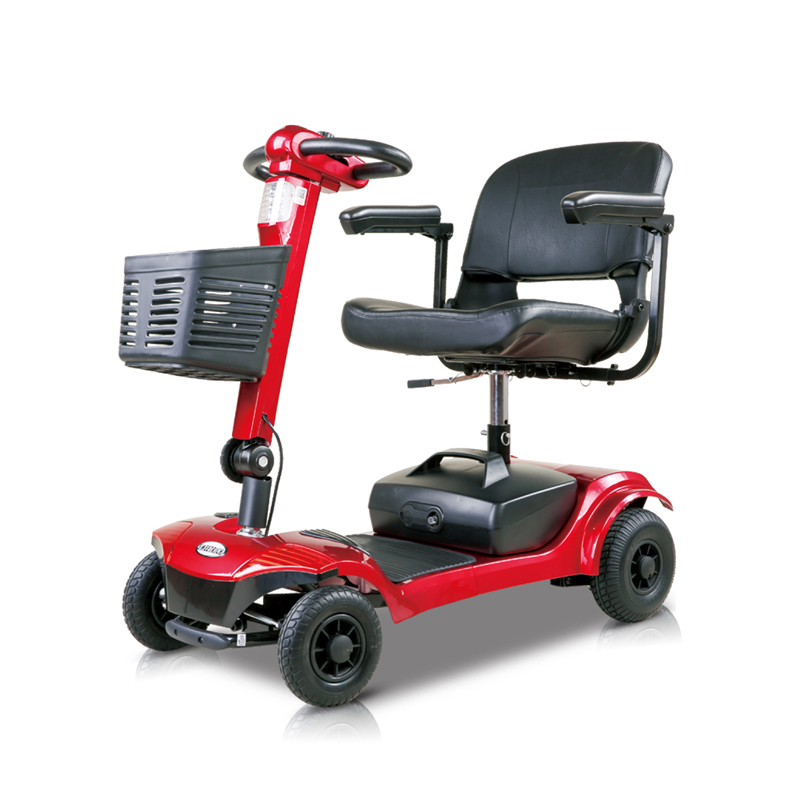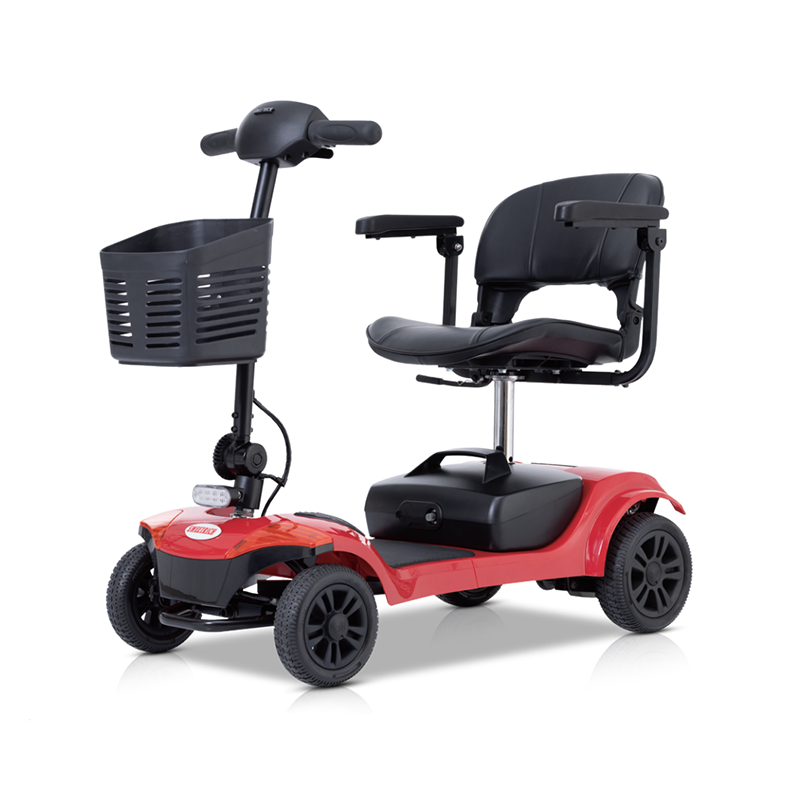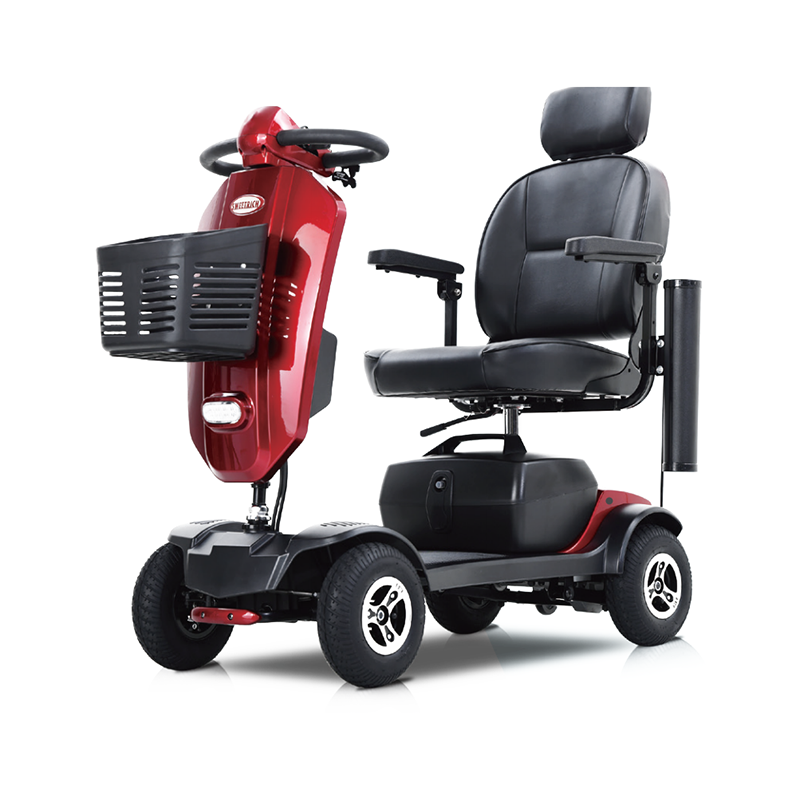Understanding Your Power Wheelchair Options
Selecting the appropriate power wheelchair is a crucial decision that significantly impacts mobility, independence, and quality of life. The choice often narrows down to two primary categories: lightweight and heavy-duty models. Each type is engineered with distinct user profiles and environments in mind. A lightweight power wheelchair is designed for portability and maneuverability in tighter spaces, whereas a heavy-duty power wheelchair is built to provide robust support, handle higher weight capacities, and tackle more challenging terrains. This comprehensive guide will delve into the specifics of each, helping you identify which option aligns best with your lifestyle, physical requirements, and daily activities. We will also explore several key considerations, such as power wheelchair for narrow doorways and power wheelchair with long battery life, to give you a complete picture.
Defining the Two Main Categories
Before diving into a detailed comparison, it's essential to understand the fundamental characteristics that define lightweight and heavy-duty power wheelchairs.
What is a Lightweight Power Wheelchair?
Lightweight power wheelchairs are engineered with an emphasis on portability and ease of transport. They are typically constructed from materials like aluminum or advanced composites, which reduces their overall weight without critically compromising structural integrity. The primary advantage of these chairs is their agility. They are ideal for individuals who are frequently on the go, whether it's running errands, visiting friends, or traveling. A key feature often sought in this category is a power wheelchair for narrow doorways, as their compact frame and tighter turning radius allow for easy navigation in confined spaces like older homes, apartments, and crowded shops. Furthermore, many lightweight models are designed to be easily disassembled, making them a practical choice for those who often use a vehicle for transportation.
What is a Heavy-Duty Power Wheelchair?
Heavy-duty power wheelchairs are the workhorses of the mobility world. They are built with reinforced frames, typically made from steel or heavy-gauge aluminum, to support higher weight capacities, often ranging from 300 to 500 pounds or more. These chairs are designed for durability, stability, and all-weather performance. They often feature larger, more powerful motors and robust battery systems to handle outdoor terrains such as gravel paths, grass, and mild inclines. For users who require additional medical equipment or seating components, a heavy duty power wheelchair for bariatric users is a common specification, offering the necessary support and a wider seat. These models prioritize function and longevity over portability, making them a permanent mobility solution for users with complex needs.
Key Factors to Consider in Your Decision
Choosing between a lightweight and a heavy-duty model requires a careful evaluation of your personal circumstances. The following factors are critical in guiding your decision.
Lifestyle and Primary Usage Environment
Your daily routine and the places you frequent most often are perhaps the most significant deciding factors.
- Indoor vs. Outdoor Use: If your life primarily revolves indoors, navigating your home, office, and shopping malls, a lightweight model's compact size and maneuverability are superior. Conversely, if you spend a considerable amount of time outdoors or need to traverse varied terrain, the stability and power of a heavy-duty model are indispensable.
- Transportation Needs: Do you frequently travel by car or public transport? Lightweight chairs are easier to disassemble and load into a vehicle. Heavy-duty chairs often require a wheelchair-accessible van or lift due to their weight and size.
- Activity Level: An active user who is constantly moving will benefit from the agility of a lightweight chair. A user who requires a stable platform for extended periods may prefer the solid base of a heavy-duty chair.
Weight Capacity and User Dimensions
This is a non-negotiable technical specification. You must select a wheelchair that supports your weight and accommodates your body size comfortably and safely.
- Lightweight chairs typically have weight capacities ranging from 250 to 350 pounds.
- Heavy-duty chairs are designed for users who need a heavy duty power wheelchair for bariatric users, with capacities that can exceed 500 pounds and offer wider seat widths.
- It is crucial to consider not only your current weight but also any potential fluctuations and the weight of any items you might carry on the chair, such as an oxygen tank or bag.
Battery Life and Range
The distance you can travel on a single charge is a vital aspect of your independence. This is where considering a power wheelchair with long battery life becomes paramount.
- Lightweight chairs often use smaller batteries to save weight, which may result in a shorter range, suitable for daily errands and indoor use.
- Heavy-duty chairs are equipped with larger, more powerful batteries to manage the increased load and power demand, often providing a longer range, which is essential for outdoor exploration.
- Always check the manufacturer's stated range, but remember that real-world factors like terrain, user weight, and speed will affect the actual distance.
Maneuverability and Turning Radius
The ability to navigate tight spaces is a key differentiator. For those living in homes with spatial constraints, finding a power wheelchair for narrow doorways is a top priority. Lightweight models excel in this area, featuring a short turning radius that allows them to pivot in small areas, clear tight corners, and pass through standard doorframes with ease. Heavy-duty models, while stable, have a larger footprint and a wider turning circle, making them less suitable for cramped indoor environments.
Comfort and Seating Options
Since you'll be spending a significant amount of time in your wheelchair, comfort is essential. A power chair with comfortable seating for long hours is not a luxury but a necessity for preventing pain, pressure sores, and fatigue.
- Lightweight chairs often come with basic, adequate seating, but may offer a range of upgradeable comfort features.
- Heavy-duty chairs are frequently designed with advanced seating systems in mind, including pressure-relief cushions, customizable backrests, and additional support layers, making them ideal for users who must remain seated for extended periods.
Head-to-Head Comparison: Lightweight vs. Heavy-Duty
To help visualize the differences, the following table provides a direct comparison of the key attributes between lightweight and heavy-duty power wheelchairs.
| Feature | Lightweight Power Wheelchair | Heavy-Duty Power Wheelchair |
|---|---|---|
| Primary Use | Indoor and urban environments, portability. | Outdoor and rugged terrain, high durability. |
| Average Weight | Lighter, often under 150 lbs, with some ultra-light models being even less. | Substantially heavier, often over 200 lbs, due to reinforced framing. |
| Weight Capacity | Lower, typically up to 300-350 lbs. | Higher, often starting at 300 lbs and going up to 500+ lbs. |
| Maneuverability | Excellent; short turning radius for tight spaces. | Good, but a wider turning radius requires more space. |
| Battery Range | Standard range, sufficient for daily indoor/town use. | Extended range, designed for longer outdoor journeys. |
| Portability | High; many models are easily disassembled for transport. | Low; generally requires a dedicated vehicle lift or ramp. |
| Ideal User | Active users who travel frequently and need a portable power wheelchair for traveling. | Users requiring more support, those who use their chair outdoors, or bariatric users. |
Making the Right Choice for Your Mobility
The decision between a lightweight and a heavy-duty power wheelchair is deeply personal and should be based on a holistic view of your needs. There is no one-size-fits-all answer. If your life demands a chair that is easy to transport, can navigate the confines of your home and local shops effortlessly, and supports a more active, on-the-go lifestyle, then a lightweight power wheelchair is likely your best bet. Its role as a portable power wheelchair for traveling cannot be overstated. On the other hand, if your primary concerns are durability, the ability to handle outdoor environments, a higher weight capacity, and superior comfort for extended sitting, then the investment in a heavy-duty power wheelchair is justified. It is always recommended to consult with a healthcare professional or a mobility specialist who can assess your specific physical requirements and environment to help you make the most informed and beneficial choice for your long-term mobility and independence.


